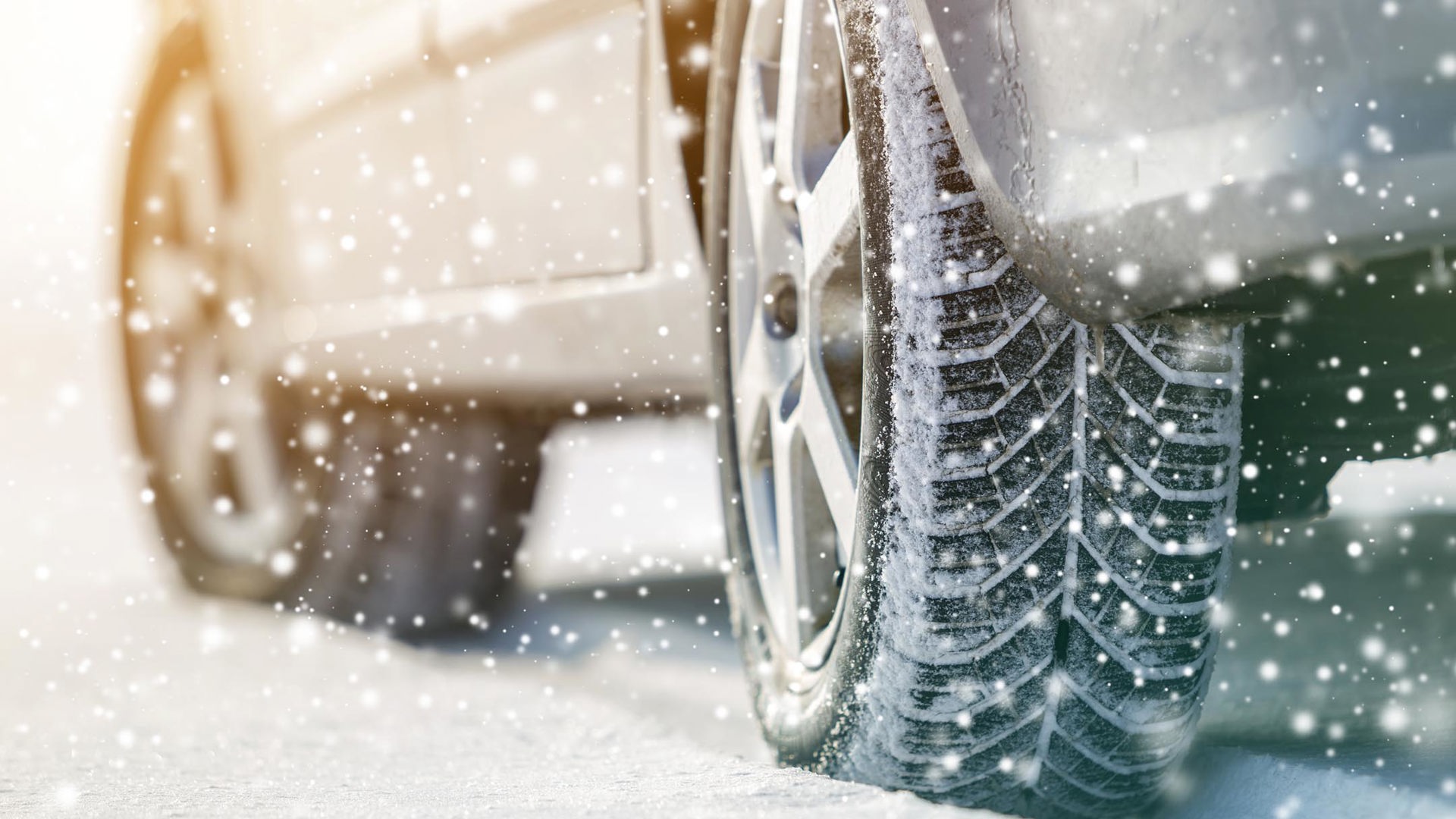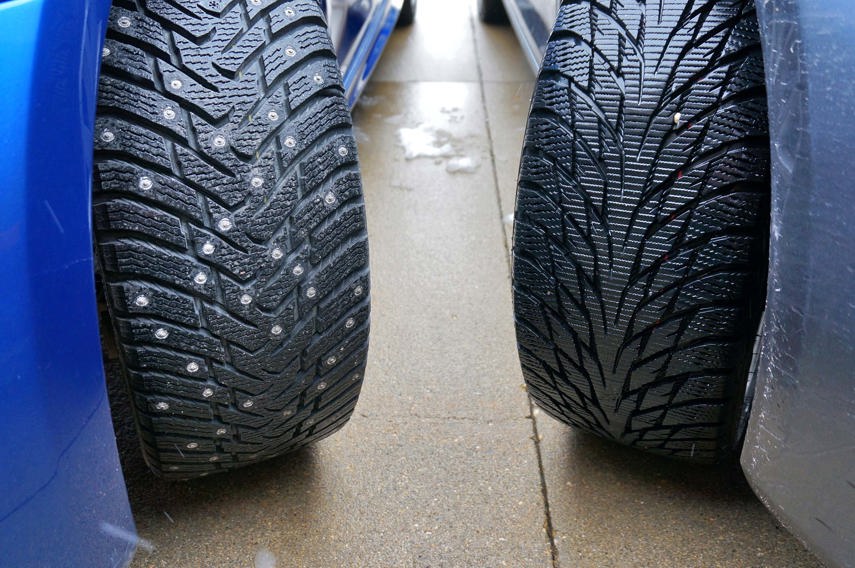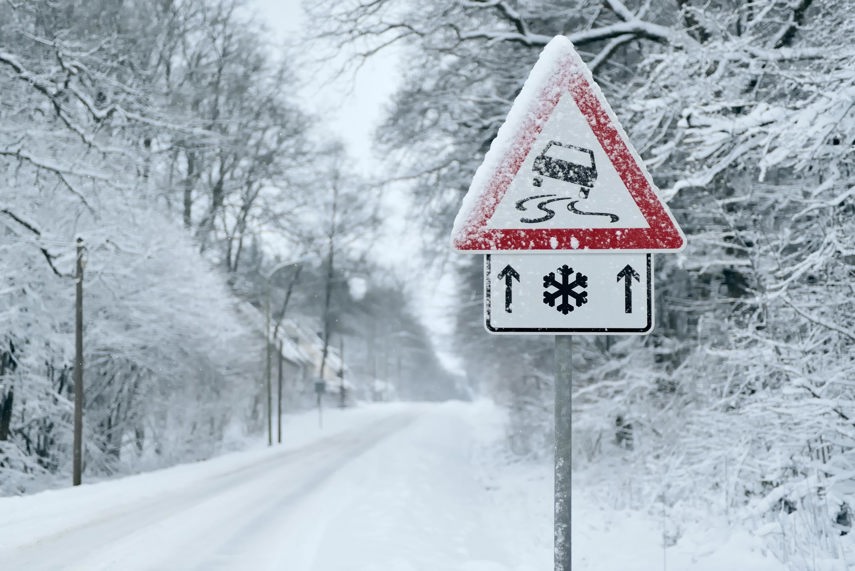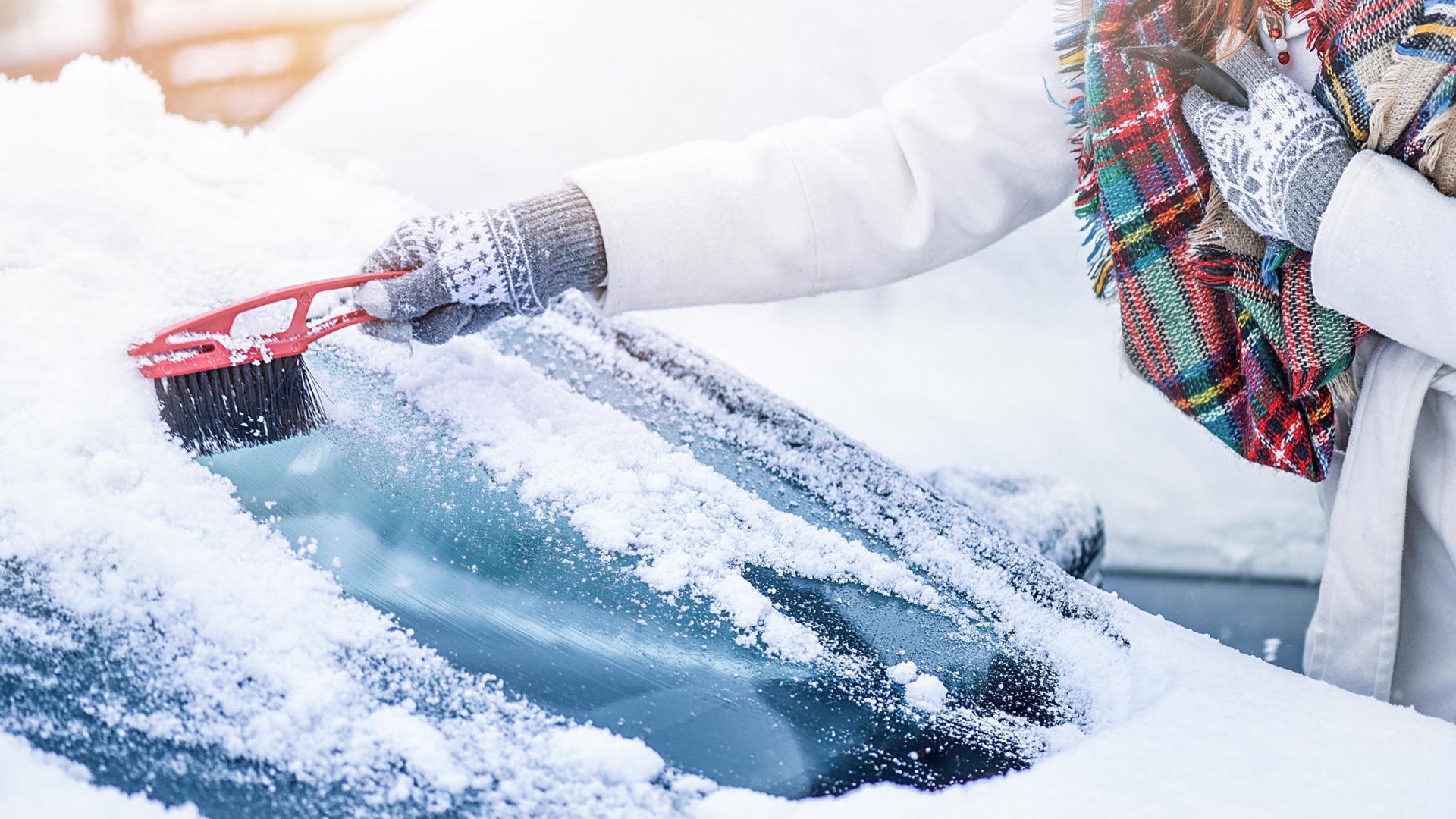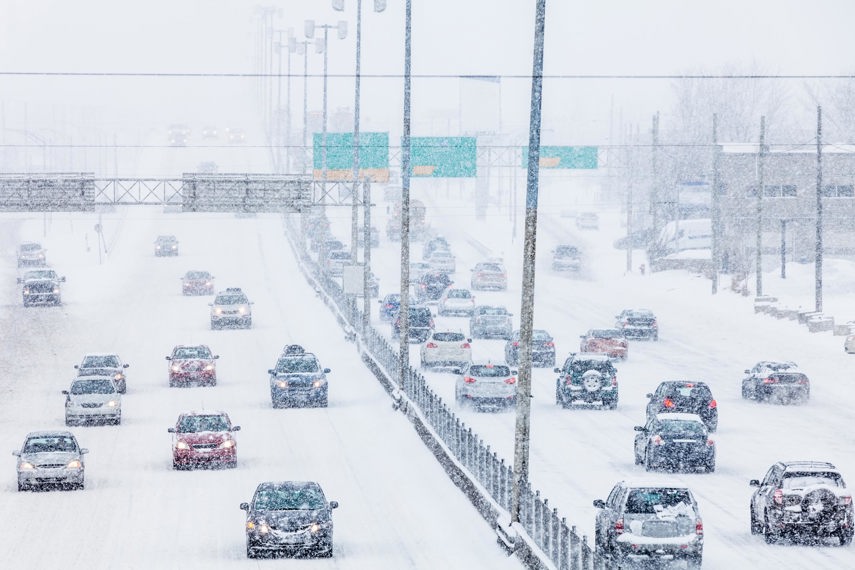Like it or not, in most parts of this great nation, winter is here.
Most of us have to drive in the stuff at some point. A few drivers approach this duty with the type of excitement generally reserved for small children on Christmas Eve, while others tend to regard the task with the type of trepidation one would normally reserve for a chunk of plutonium that has suddenly appeared in the vegetable crisper.
We’ve assembled a quintet of tips that should help ease the transition between fair-weather driving and winter motoring.
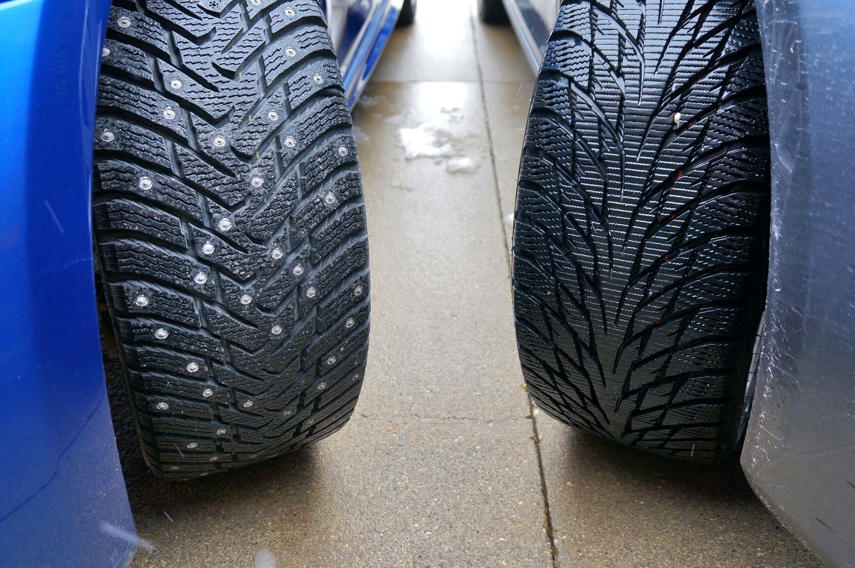
Install Winter Tires
Yep, a special set of tires just for the winter months is expensive. Know what else is expensive? The deductible on your insurance claim you’ll need to pay after you fail to stop on a slippery surface causing you to plow directly into a bus full of schoolchildren. Winter tires are made of a sterner compound than all-seasons, meaning their rubber remains pliable – and grippy – when the thermometer’s mercury drops to its nether regions. This is to say nothing of the tread design on a winter tire, which is specifically engineered to grip slick surfaces with its maze of saw-toothed sipes.
You’ll notice we called these things winter tires and not snow tires. This is not an accidental distinction. Even when there is an absence of white stuff on the ground, these tires add a world of grip when ambient temperatures reliably fall below 7 degrees Celsius. Your author deploys a set of Nokian Hakkapeliitta R3s on his rear-wheel-drive car which makes for a fine pairing with Atlantic Canada’s notoriously manic winter weather. Also, know that sticking winter rubber on just your vehicle’s drive wheels is an exceptionally poor idea. This cost-cutting move will result in vastly different levels of traction at each end of your car, a recipe for basket-of-snakes handling and an overall unpredictable driving experience.
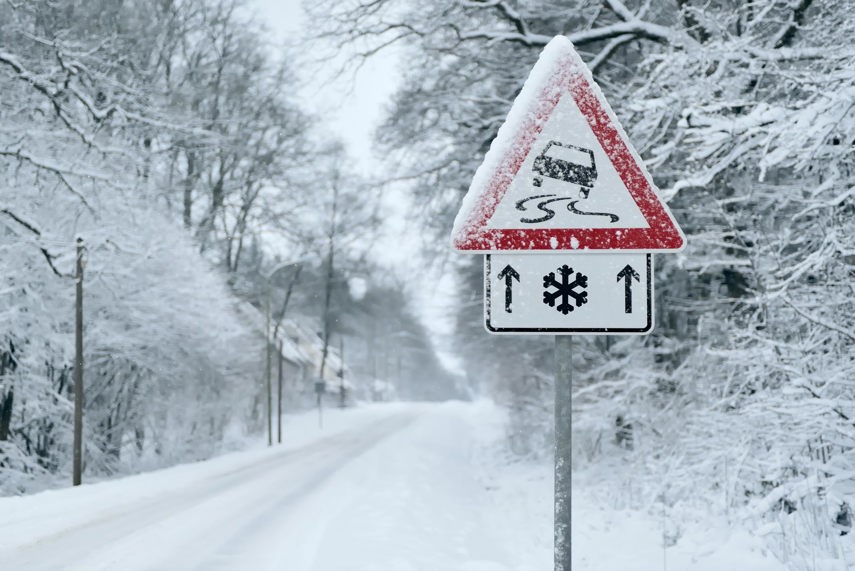
Plan Ahead
Go look out the window. No, seriously – take a look out the window before grabbing the keys and diving headlong into a winter wonderland. Is it a crisp, clear day? Is there more ice on the road than on Beyoncé’s wrist? Or does the window simply look like a blank sheet of paper?
Taking a moment to plan ahead for road conditions is probably the most important step for not crashing your vehicle this winter. Leave early if you need to, since you and everyone else will (rightfully) be moving at a snail’s pace in some instances. Plot a route on your nav system or smart device that incorporates several of your errands and avoids doubling back over particularly slippery roads. It’ll save a lot of stress, not to mention reducing the amount of money spent this winter on hair dye to cover up the silver streaks brought on by navigating that icy stretch of road for the fourth time in a single trip.
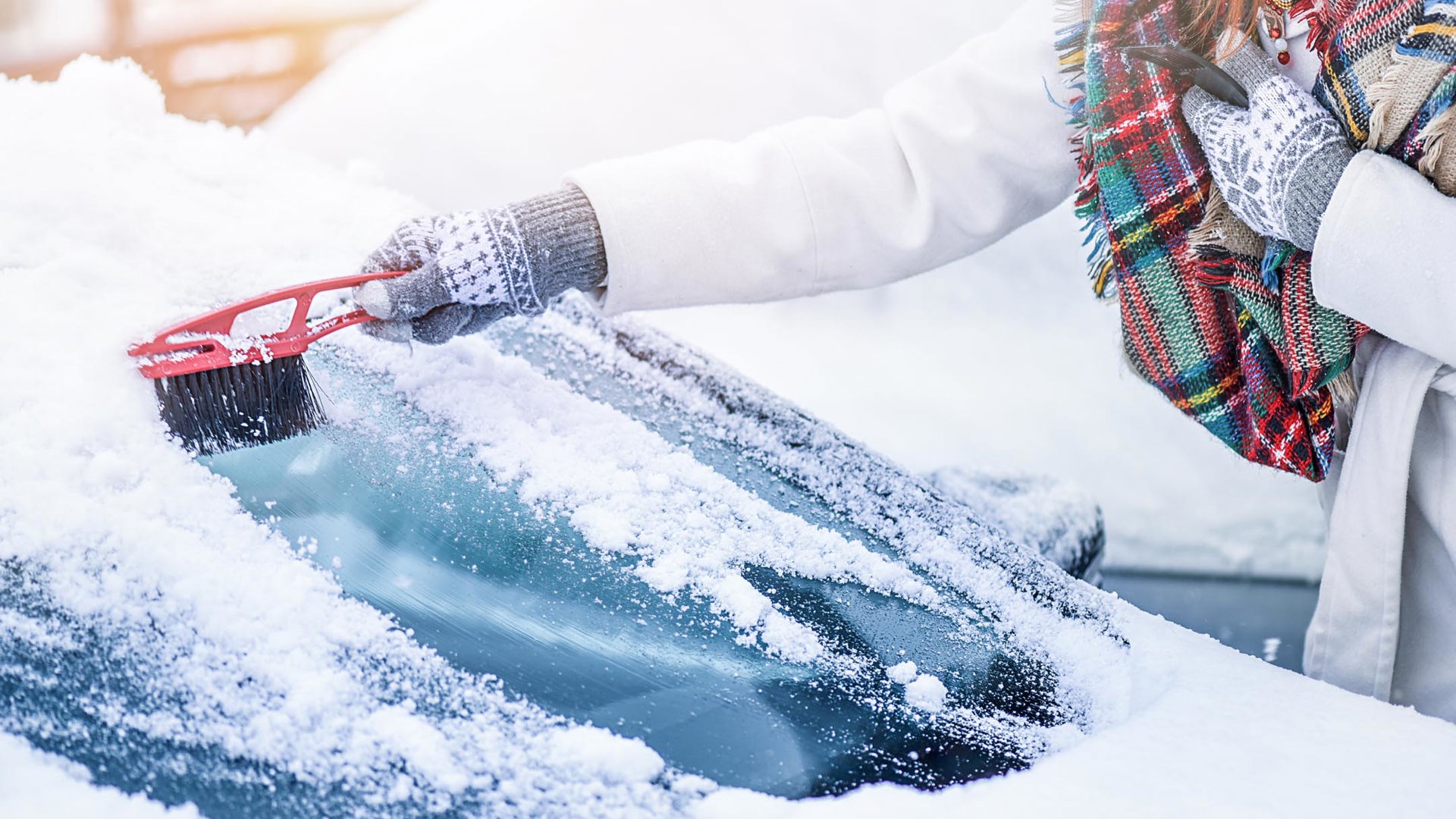
Clearing All the Snow
Speaking of silver streaks, few events in life are as exciting terrifying as a slab of snow or ice flying towards you after dislodging itself from a passing car. Basic thermodynamics teaches us that the frozen lump of winter atop a vehicle will eventually loosen its hold once the car’s cabin warms up and transmits some of its heat through the roof. Add highway-speed velocity and you’ve created a projectile that could ruin someone else’s day.
Also, and we can’t believe we have to say this, but it is imperative you clear snow from all the windows of your vehicle. Simply brushing away what’s directly ahead of the driver isn’t good enough. At all. Obscured side windows mean you won’t be able to see other motorists, and blocked rear windows mean you have no idea what’s behind you while reversing (clean off your back-up camera as well, please).
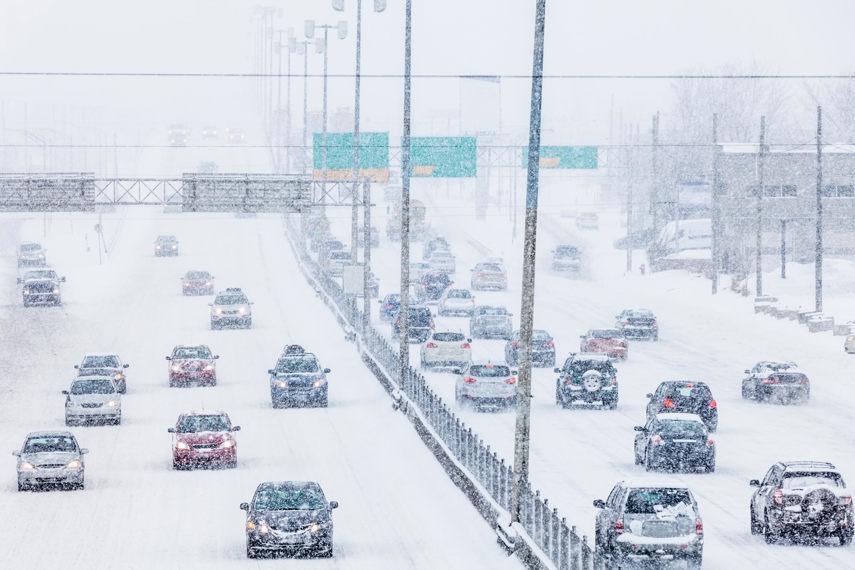
Slow and Steady Driving
All of which brings us neatly to our next tip: slow and steady driving. Just like tiptoeing across a slippery walkway to your front door, it is an exceedingly good idea to dial back the aggression when driving in tough winter conditions. Mashing the throttle might give you a jump on that lane change during summer months but will likely present you with a fistful of wheelspin in snow and ice, winter tires or no. The same goes for sudden and forceful braking.
While on the subject, it’s important to note that all-wheel drive generally just gets your car up to crashing speed more quickly. Sure, power being sent to all four wheels is a great help when trying to dig yourself out of a driveway or parking space but does little to get a vehicle to a stop when traffic is suddenly stalled on the Don Valley Parkway. Winter tires will help with lateral grip – the ability of a vehicle to maintain traction in a corner – but don’t rely solely on all-wheel drive to save your bacon in an emergency manoeuvre.

Stay Home
The best way to not crash your car this winter? Simply stay home if you can when the weather turns really foul. After all, it’s tough to wreck a car when the thing is tucked away and its keys are in the pocket of your winter coat.
